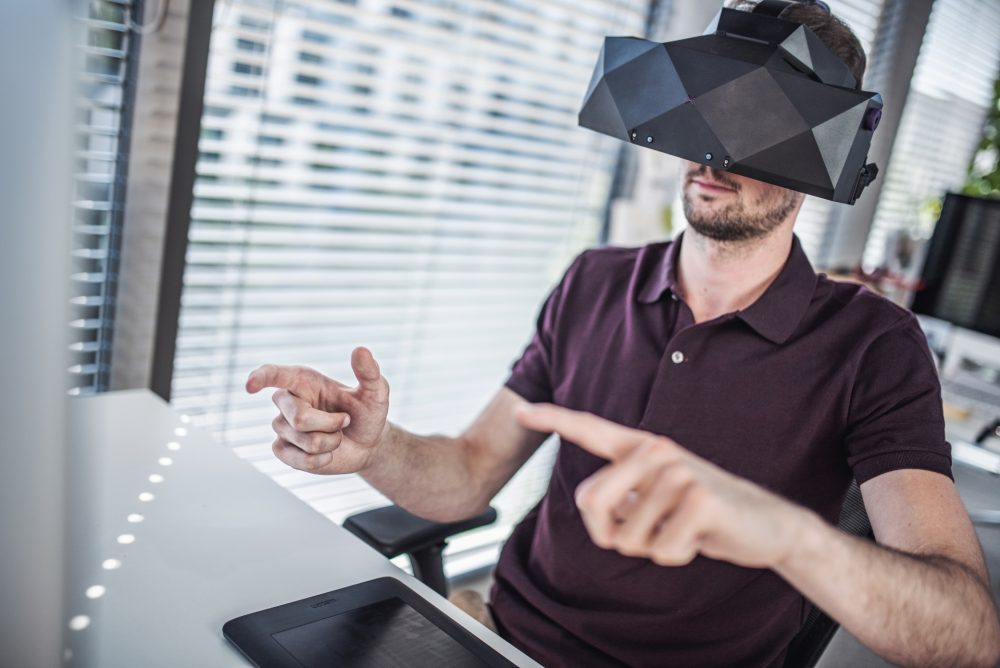A new partnership involving Neurable and VRgineers adds the former “brain detectors” into the ultra-luxurious XTAL VR headset.
We attempted Neurable last year, a method that puts EEG (Electroencephalography) detectors along the inside of a VR headset strap to assemble data in contact with the skin around the mind. Combining that data in real time with eye-tracking could permit the machine to identify, assess and measure the emotion and intent of the man wearing the headset. The XTAL VR headset out of VRgineers comprises eye monitoring, so incorporating the EEG sensors and utilizing Neurable’s investigation software may offer customers with huge budgets more competent analysis and coaching tools compared to consumer grade systems such as Rift and Vive.
“We expect this is going to be an enterprise-grade apparatus, constructed for designers and designers that need superior visual quality and extremely precise, dependable analytics,” Neurable CEO Ramses Alcaide clarified in an email. “We have seen a great deal of grip in three chief regions: high-consequence simulation instruction for industrial applications, layout opinions from AEC [Architecture, Engineering and Construction] use instances, customer search for retail”
VRgineers assert, “Neurable’s exceptional capability to conquer the signal-to-noise problems of conventional non invasive” brain-computer interfaces”empower them to deliver on the promise of genuinely useful BCI technologies for consumer and enterprise applications.”
Also Read: Microsoft Surface Go tablets will be Exclusive to take the LSAT
The anticipated use cases for your machine make sense for its XTAL headset, which begins about $5,500 because of its ultra-high-end attributes including a greater resolution panel, enlarged field of opinion and incorporated Leap Motion hand monitoring. There is no word yet on when the headset Neurable integration will probably be accessible, or how much it can cost.
The army is investing almost half a billion bucks in Microsoft-built HoloLens AR cans to assist soldiers become more powerful while Walmart bought 17,000 Oculus Move VR cans this season to train the workforce at each shop. If companies can realize savings (or increased gains ) by executing VR training, then the large up-front price of a headset such as XTAL is probably still worth the expense. While we attempted XTAL earlier this season and Neurable this past year, and came away impressed with aspects of the demos, we have not attempted a demonstration with both these technologies implemented collectively.
“VR is a moderate that relishes in data. Making sense of all that info equally from an input/output standpoint is essential,” Alcaide clarified. “Eye-tracking permits systems to emphasise a user’s virtual reality experience (i.e. when and in which they’re searching ) while BCI supplies data on the inner experience of the consumer (e.g. shift in cognitive state nation ).
Also Read: Huawei Nova 4 Official teaser display hole for selfie camera before its launch
With both data flows, we could extract strong behavioral insights from virtual reality not accessible otherwise. It is not sufficient to just see where a person is searching. We will need to understand what type of changes are happening while they do this. Similarity, it is not sufficient to only know overall changes in condition. Having the capability to programmatically connect both data flows is the way we deliver value to those new kinds of applications.”

